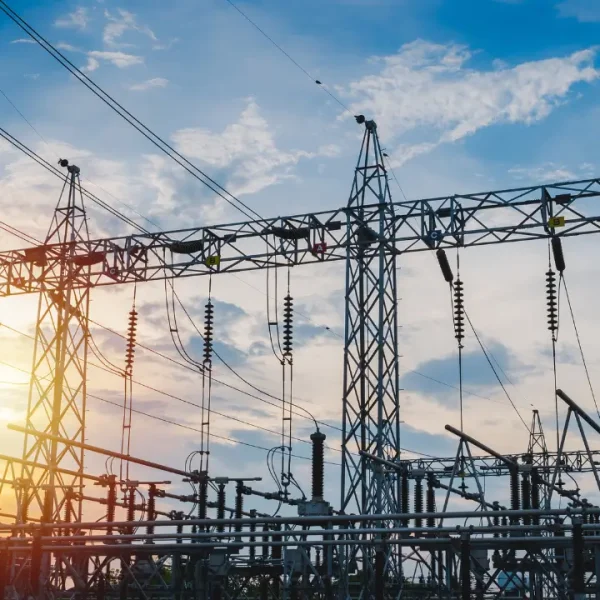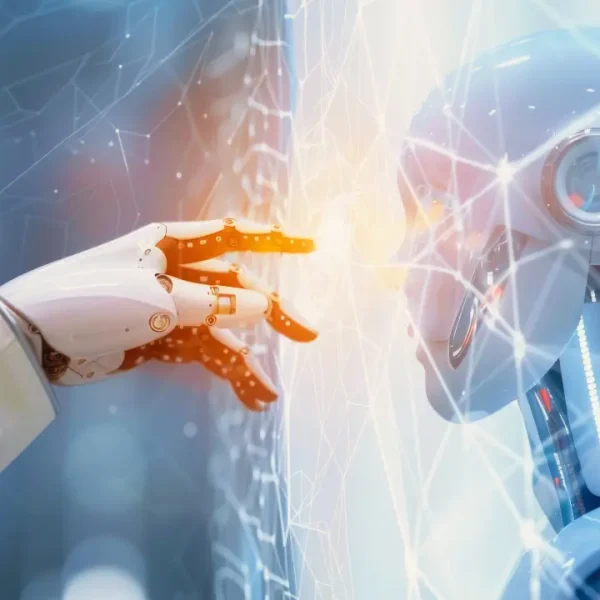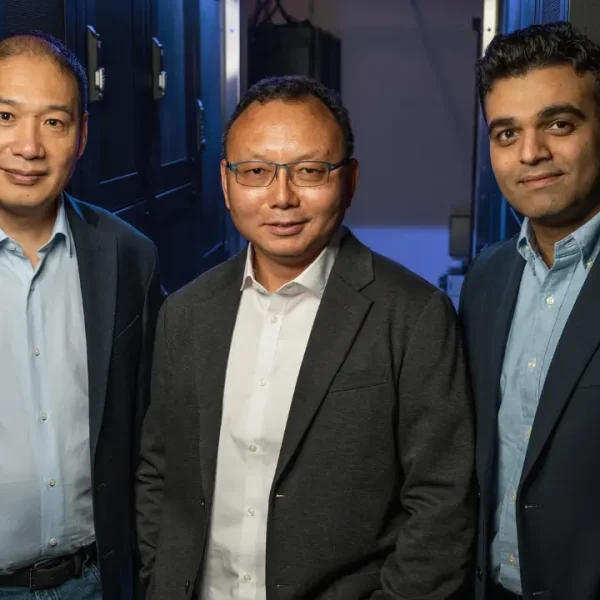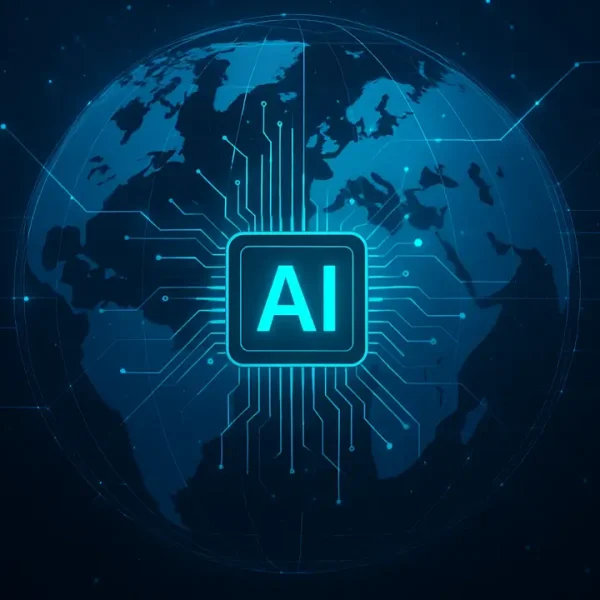On any given day, AI models train and operate across thousands of interconnected servers, requiring a continuous supply of power. The rapid growth of these compute-hungry systems is forcing data center operators to rethink energy management and grid partnerships to avoid future disruptions.
Data centers today consume about 4.4% of the U.S.’s electricity, a number expected to nearly triple to 12% within three years. This surge isn’t just about crunching AI training data; it’s also about the constant AI inferencing happening in real time.
Geographic clustering compounds the problem. Regions such as Northern Virginia, Silicon Valley, and Dallas-Fort Worth are home to dense data center ecosystems, putting localized stress on electrical grids. For instance, Dominion Energy projects Northern Virginia’s electricity demand will grow 5.5% annually, doubling by 2039. Supporting this expansion requires billions in infrastructure investment, alongside a significant increase in renewable energy generation to reduce dependence on fossil fuels.
The Paradox and the Stakes
AI-ready data centers depend on the power grid to operate, yet their rapid growth is stretching grid capacity. Without timely upgrades, regions with concentrated data centers risk supply constraints or even localized energy crises.
The choices made now will determine which of the following scenarios unfolds:
- Sustainable AI: Efficiency gains, microgrids, distributed energy resources (DERs), and renewable integration stabilize demand, supporting growth without jeopardizing the grid.
- Limits to Growth: Infrastructure or permitting constraints slow AI expansion, reducing risk but potentially curtailing innovation.
- Abundance Without Boundaries: Unchecked AI growth overwhelms the grid, increases fossil fuel use, and raises residential energy costs.
- Energy Crisis: Worst-case outcomes include blackouts, operational shutdowns, and public backlash, highlighting the consequences of inadequate planning.
Internal Solutions
The industry is not defenseless. It has forged a powerful arsenal of solutions to tackle the energy equation from the consumption side:
- The DCIM Compass: Imagine a vigilant captain in the engine room. That’s Data Center Infrastructure Management (DCIM). These systems provide real-time visibility, a crucial compass, into energy flows, allowing for dynamic, non-proprietary adjustments based on the grid’s condition and the data center’s workload.
- The Microgrid Shield: Data centers are learning to become self-reliant kingdoms with Microgrids. These on-site power systems act as a protective shield, intelligently balancing utility power with their own Distributed Energy Resources (DERs) to maintain reliability while minimizing costs.
- The Cool Revolution: In the high-stakes world of dense computing, the old ways of air cooling have been usurped. Liquid Cooling is now the industry standard, up to 3,000 times more efficient. It’s a revolutionary shift that directs precious energy to the actual computation, the life of the data center, rather than wasting it on excessive cooling.
- The Optimized Flow: Even the pathways matter. By employing High-Efficiency Power Distribution, using cutting-edge uninterruptible power sources (UPS) and automatic transfer switches (ATS), data centers minimize the insidious energy losses that occur simply moving power from the source to the server.
- The Next Generation Baseload: The search for reliable, always-on power continues. Promising new heroes have emerged: Small Modular Reactors (SMRs) and Advanced Fuel Cells, offering baseload options that can power the future.
Data Centers as Grid Partners
Merely optimizing internal operations is not the final chapter. The true transformation lies in becoming a “Grid Partner” through Demand Response (DR) programs. Data centers, with their highly flexible loads, could be a potent force for good. Experts estimate that DR could slash total U.S. peak demand by as much as 20%.
The original design of DR programs was simply incompatible with these massive digital ecosystems. They demanded nearly instantaneous changes in power usage, a timeline too fast for critical data center operations. This fundamental mismatch has kept the biggest consumers of power on the sidelines.
The solution is clear: by adjusting DR rules to allow data centers time to safely shift their workloads, and by integrating robust cybersecurity measures, a powerful incentive for participation can be created. If these major consumers could be relied upon to momentarily curtail their demand, utilities would gain an unprecedented tool to keep the grid in perfect balance.
The path forward requires coordination and commitment. By prioritizing efficiency, embracing innovation, and fostering collaboration between grid and data center leaders, the U.S. can master AI’s exploding electricity demand and ensure sustainable growth.
Critical hurdles remain: the misaligned DR rules, agonizingly long interconnection timelines, and the slow drumbeat of renewable energy deployment, but they are not insurmountable.
We stand at the threshold of a new era. When data centers evolve from mere consumers to active contributors to grid stability, through smart DR and deep renewable integration, the lofty promise of sustainable AI becomes fully attainable.












